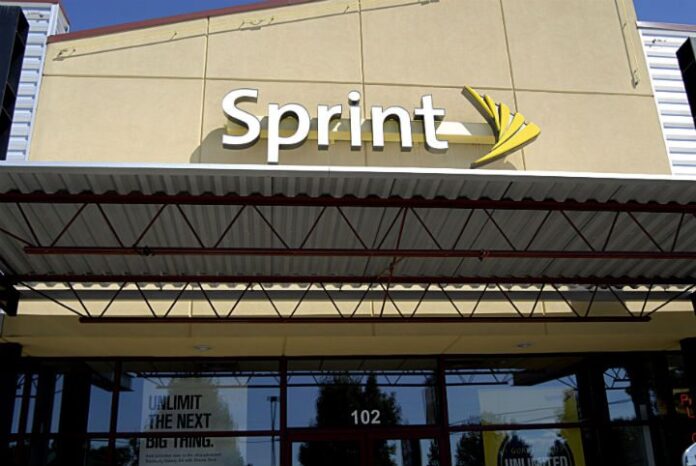Sprint posts solid customer growth at a cost dinged by investors
Sprint posted positive customer-growth results during its latest fiscal quarter, though the financial ramifications of those results left a bad taste in the mouth of investors.
Sprint said it added 1.05 million total net connections to its network during its fiscal second quarter ended Sept. 30, compared with 590,000 net additions posted last year. Including customers still connected to the carrier’s Clearwire service, Sprint said it ended the quarter with nearly 58.6 million total connections on its networks.
The latest growth was led by the carrier’s wholesale business and affiliates, which reported 866,000 net additions for the quarter, compared with 827,000 net additions posted by that segment last year.
Direct services posted mixed results, with postpaid signing up 553,000 net customers during the latest quarter, which was somewhat offset – and boosted – by the loss of 363,000 prepaid customers. Sprint last year posted a loss of 272,000 postpaid customers and a gain of 35,000 prepaid subscribers.
Sprint said its postpaid growth included the migration of 199,000 prepaid customers with a “consistent payment history,” including 175,000 customers who are now counted as Sprint postpaid customers even though they remain under the carrier’s prepaid Boost Mobile and Virgin Mobile brands. That migration was reflected in the prepaid losses for the quarter.
More significantly for the carrier was the 237,000 net postpaid “phone” additions for the latest quarter, which was the first positive growth from that segment in more than two years.
Sprint’s growth results, while positive in a vacuum, were greatly outpaced by its larger rivals. T-Mobile US said it added more than 2.3 million connections during the latest quarter, including 843,000 postpaid phone net additions; AT&T Mobility added more than 2.5 million total connections, boosted by robust growth in connected devices; and Verizon Wireless added 1.2 million direct net connections.
Helping to turnaround Sprint’s postpaid business was a steep drop in customer churn, which plummeted from 2.18% last year to 1.54% this year. Though, like the carrier’s overall growth for the quarter, its direct prepaid business took a hit with its churn levels surging from 3.76% to 5.07%.
Customer spending continued to show the migration of subscribers to device payment plans with corresponding lower priced service plans. Postpaid average revenue per user, which accounts for just payments toward services, dropped $6.56 from last year to $54.02, although prepaid ARPU increased 35 cents to $27.54. Taking into account monthly device payments, average billing per postpaid user increased $1.62 to $70.64 in the latest quarter.
Despite the increased spending, overall revenue dropped 6% year-over-year to $8 billion, which the carrier attributed to customers shifting to lower-priced rate plans and the hangover from past losses of postpaid phone customers. A bigger drop in expense helped Sprint trim net losses during the quarter from a loss of $765 million last year to a loss of $585 million this year.
Sprint did report a 45% increase in adjusted earnings before interest, taxes, depreciation and amortization to $2 billion, which it attributed to expense reductions outpacing the drop in revenue.
Sprint recently stated it plans to cut at least $2 billion in expenses during its 2016 fiscal year in a move to turn its financial position around. The carrier also said it is making progress on setting up a separate entity to handle device leasing and monthly payment accounts, which it expects to announce in the coming weeks.
Looking ahead, Sprint said it expects adjusted EBITDA for its current fiscal year to come in at the low end of previous forecasts of between $7.2 billion and $7.6 billion, although it expects capital expenses to remain on track at $5 billion.
Investors were unimpressed with Sprint’s latest quarter, with the carrier’s stock price (S) dropping more than 6% in early Tuesday trading.
Bored? Why not follow me on Twitter

